Want to add a hotel stay or change your flights?
Just call our team of cruise specialists to help build your dream cruise holiday today!
Prices based on 2 people sharing. Cruise only price does not include flights. Fly-cruise price may vary by chosen UK airport.
(Prices correct as of today’s date, are updated daily, are subject to change and represent genuine availability at time of update).
Cruise only holidays are financially protected by ABTA. Fly cruise holidays are financially protected by Regent Seven Seas Cruises under ATOL number 10297
Please click here to check the essential travel requirements before booking this cruise.
Itinerary



San Juan (Puerto Rico)
If you associate Puerto Rico's capital with the colonial streets of Old San Juan, then you know only part of the picture. San Juan is a major metropolis, radiating out from the bay on the Atlantic Ocean that was discovered by Juan Ponce de León. More than a third of the island's nearl... Read More
San Juan (Puerto Rico)
Charlotte Amalie
Frederiksted, Saint Croix
Roseau
Castries
Saint John's
Gustavia
San Juan (Puerto Rico)
What's Included with
Regent Seven Seas Cruises
A truly all-inclusive holiday with regent seven seas. With FREE unlimited shore excursions, you can taste, tour and savour every moment in over 450 ports. The cruise line offers an unrivalled ultra-luxury experience from start to finish, with everything included - from exquisitely prepared cuisine to opulent all-balcony suites.
Speak to a Luxury Cruise Concierge (Freephone) 08082026105
Entertainment throughout the day and evening
Return flights included from a choice of UK airports (fly cruise bookings only)
WiFi included on-board
Gratuities included on-board
24-hour room service
Self-service laundry
Shuttle service to and from ports and airport where available
Unlimited beverages
In-suite mini bar replenished daily
Butler service for selected suites
1:1.5 staff to guest ratio
Unlimited shore excursions
Luxurious, all-suite accommodation
Explore Seven Seas Navigator
Explore the Seven Seas Navigator cruise and experience superb dining experiences - you’ll find an array of refined flavours and refreshments from which to choose. Relax in the Serene Spa and Wellness centre as it invites you into a globally inspired, tranquil haven of health, beauty and wellness, offering restorative treatments and services to soothe both the body and mind.
Evenings on board the Seven Seas Navigator are packed with entertainment, from cabaret shows and the casino to singing at karaoke or finding a quiet place on deck to revel in the symphony of stars. You will never be bored on the all-inclusive Regents Seven Seas Navigator cruise.







Compass Rose
Whether you arrive for breakfast, lunch or dinner, you can look forward to European-inspired Continental cuisine served in a beautifully refined atmosphere decorated in blues and silvers with stunning Versace tableware.
As the flagship restaurant aboard each of our ships, the wonderfully spacious Compass Rose serves breakfast, lunch and dinner and features an exceptional variety of European-inspired Continental cuisine, as well as flavorful vegetarian and kosher dishes. Elegantly decorated in blues and silvers with stunning Versace tableware, Compass Rose delights with a beautifully refined atmosphere bathed in natural light during the day.





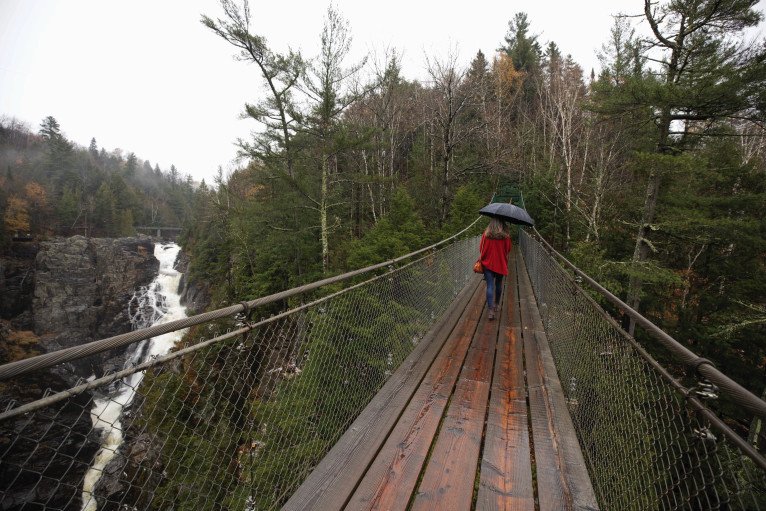
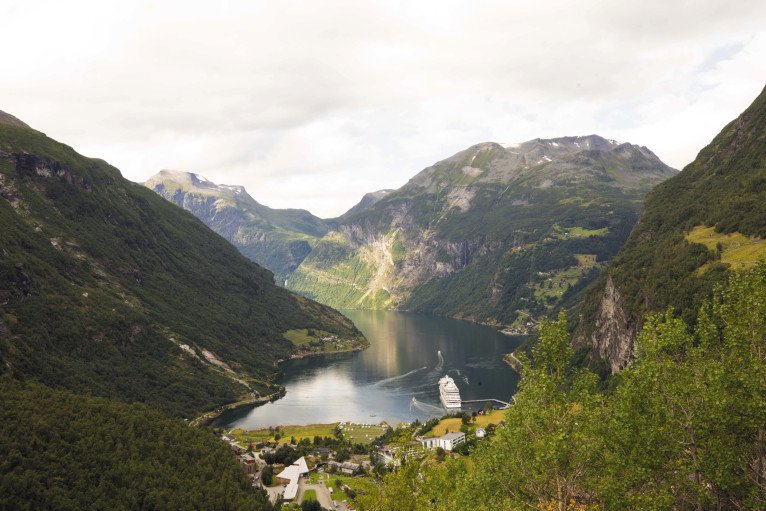






Unlimited Shore Excursions Included
Every destination we sail to harbours treasured experiences waiting to be unearthed. And there's no better way to dig in than by taking advantage of our hallmark inclusion of thousands of wonderful, Unlimited Shore Excursions.
MAKE YOUR VACATION YOUR OWN
When your feet touch the ground, your cruise enters a new dimension. What's your preference? Exploring the world's great cities? Immersing yourself in local culture? Or indulging your inner beach bum? Over 4,500 Unlimited Shore Excursions across every region of the world allow you to embrace it all.
Wherever you're traveling, opportunities to maximise memories abound. Whether it's urban adventures brimming with history, architecture and culture or escapes to natural wonders that stagger the senses, our Unlimited Shore Excursions guarantee your vacation will be like no other. Start dreaming today.











Reception & Concierge
Our knowledgeable Reception staff is available around the clock to answer your questions and ensure your pleasure with your Seven Seas Navigator® voyage. Reception is also where you may contact the ship's Concierge.
Our welcoming Reception Desk is open 24 hours a day and staffed by personable, knowledgeable men and women who are happy to answer your questions and provide any general assistance you may need. Reception is also where you may contact the ship's Concierge. Postcards and letters may be dropped off here as well; they’ll be delivered to the postal service at the next port of call.





Serene Spa & Wellness™
A globally inspired, tranquil haven of health, beauty and wellness, our spa offers restorative treatments and activities that incorporate globally sourced, natural ingredients to soothe both the body and mind.
Serene Spa & Wellness is a globally inspired, tranquil haven of health, beauty and wellness, offering restorative treatments and activities to soothe both the body and mind. Strengthen and elevate both your body and mind as you engage with a variety of treatments and services designed to enhance your whole being, from massages, and body wraps to facials, manicures and pedicures and exclusive treatments curated especially for Regent Seven Seas Cruises®.

Club Mariner
Families with young travellers will enjoy our Club Mariner Youth Program on select voyages. Children ages 5 to 17 can participate in a range of specialised activities, from mini-putt tournaments to dance parties to movie nights. Each program is designed and supervised by friendly and professional youth counsellors.
Club Mariner is available on select sailings only. Please ask your travel professional for details.
Deck 12

- Putting Green
- Jogging Track
- Fitness Centre
- Aerobics
- Beauty Salon
- Spa
- Relaxation
Deck 11

- Galileo's Lounge
- Laundrette
- Penthouse Suites
- Navigator Suite
Deck 10

- Galley
- La Veranda / Sette Mari
- Prime 7
- Pool Grill
- Pool
- Whirlpools
- Laundrette
- Master Suites
- Penthouse Suites
Deck 9

- Master Suites
- Penthouse Suites
- Navigator Suites
- Deluxe Suites
Deck 8

- Grand Suites
- Concierge Suites
- Deluxe Suites
Deck 7

- Seven Seas Lounge
- Casino
- Art Director
- Boutiques
- Grand Suites
- Deluxe Suites
- Concierge Suites
Deck 6

- Seven Seas Lounge
- Star Lounge
- Connoisseur Club
- Card Room
- Navigator Lounge
- Library & Club.com
- Destination Services
- General Manager
- Reception
- Window Suites
- Deluxe Suites
- Penthouse Suite
Deck 5

- Galley
- Compass Rose
- Laundrette
- Window Suites
Seven Seas Navigator Cabins & Suites
Regent Seven Seas Navigator cruise offers serene ocean views that enhance the soothing colour palette in each of the ships suites. You’ll find amazing bath amenities, cosy robes and superior beds to ensure you relax and revitalise between every stop. Take in the remarkable sea views each morning from your very own private balcony and indulge in sensational room service. Discover your dream Seven Seas Navigator suite below.







Grand Suite
Meet Our Luxury Cruise Concierge
Our luxury cruise concierge have been on board a vast array of the finest ships at sea and are always happy to share their first-hand experiences to help curate your dream ultra-luxury voyage. From advising you on the best cruise lines and ships to helping you select from a variety of phenomenal destinations and itineraries, your dedicated concierge is on hand to ensure booking your next cruise is as seamless, smooth and tailored to you as possible.




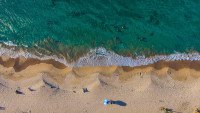





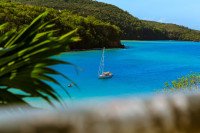



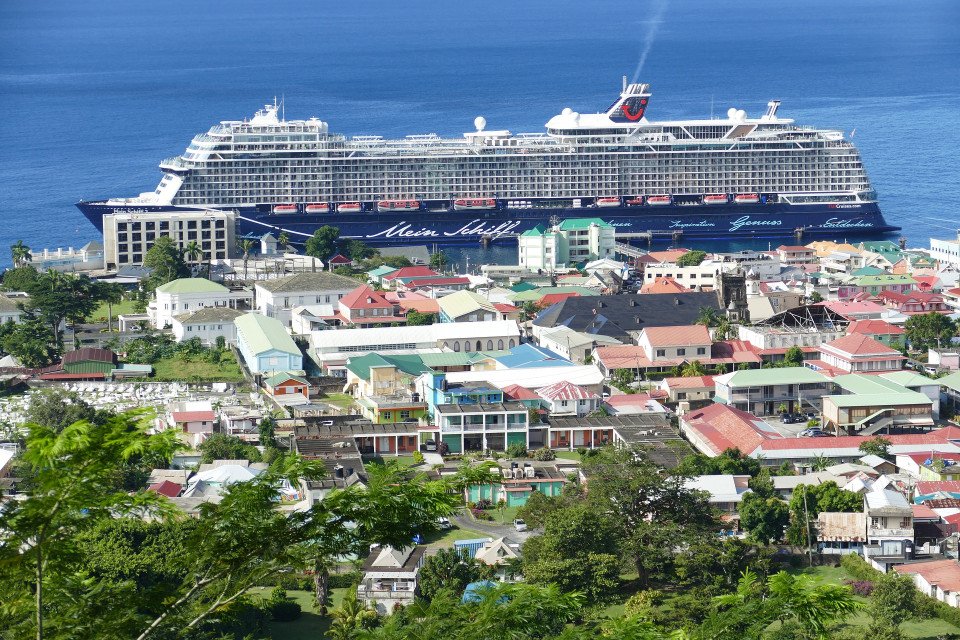



-custom_banner-banner_half.jpg)





















-large_thumb.jpg)





-large_thumb.jpg)